Slick and sharp, Scythe Digital Edition delivers dreams of turn-based glory
Whether you’re a veteran or a newcomer, Asmodee Digital delivers a robust, satisfying port of the charming alt-history 4X.
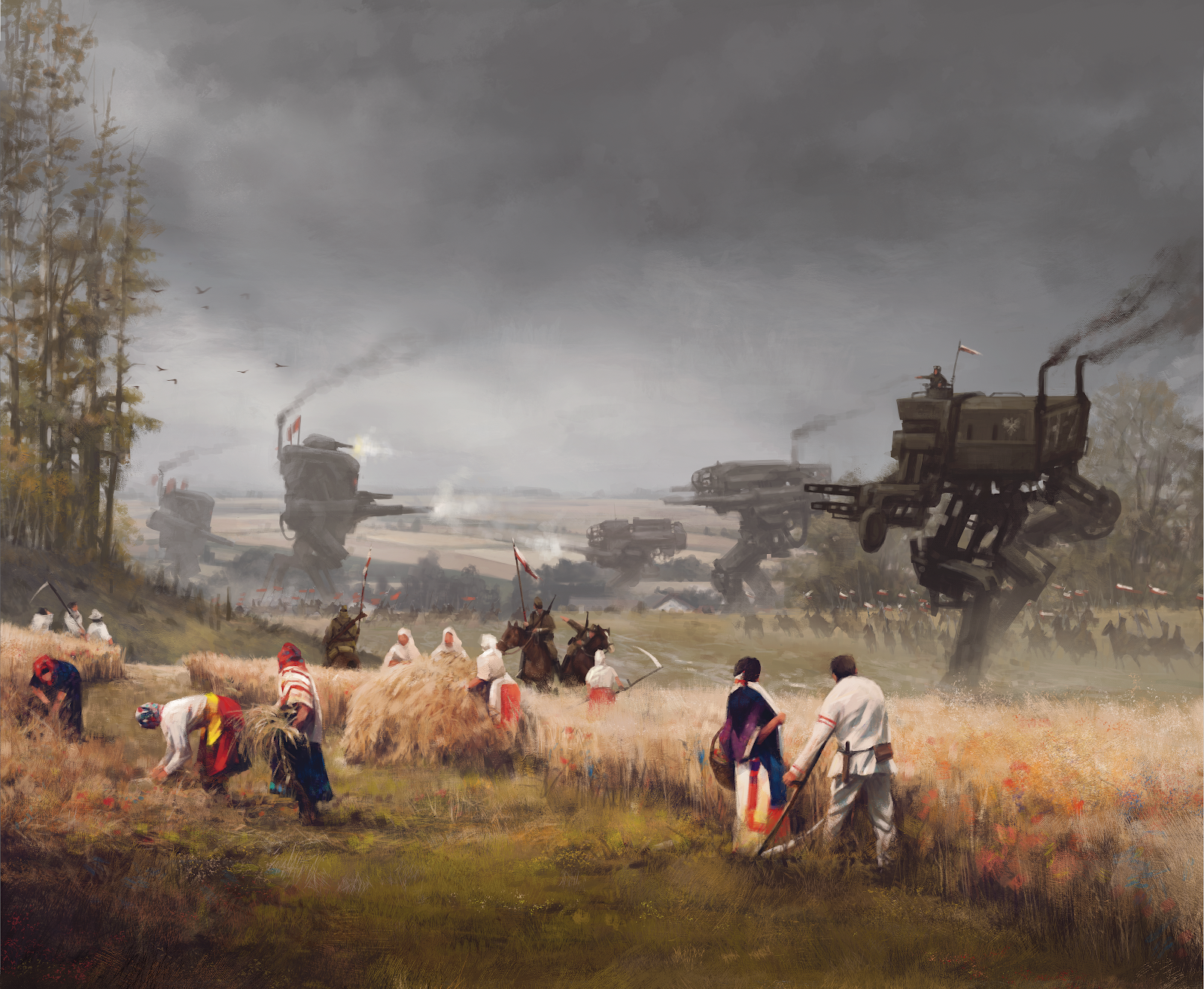
Not much has changed since the great war. Peasants tend fields, the Great Powers of Europa chase glory, and giant mechanized walkers crunch o’er the ashes. A game of expansion and harvest, Scythe Digital Edition steams the 4X down to its base appetites, turns you loose in its efficiency sandbox and lets you play two-thirds of a game in the time it takes to set up the tabletop version.
After a slick tutorial, Scythe tucks you into a corner of its strategy map, presses a couple of coins in your hand and shouts 'Go!' Depending on which faction and player board you’ve been assigned, the strategy starts to set in: Do you build? Expand? Pillage?
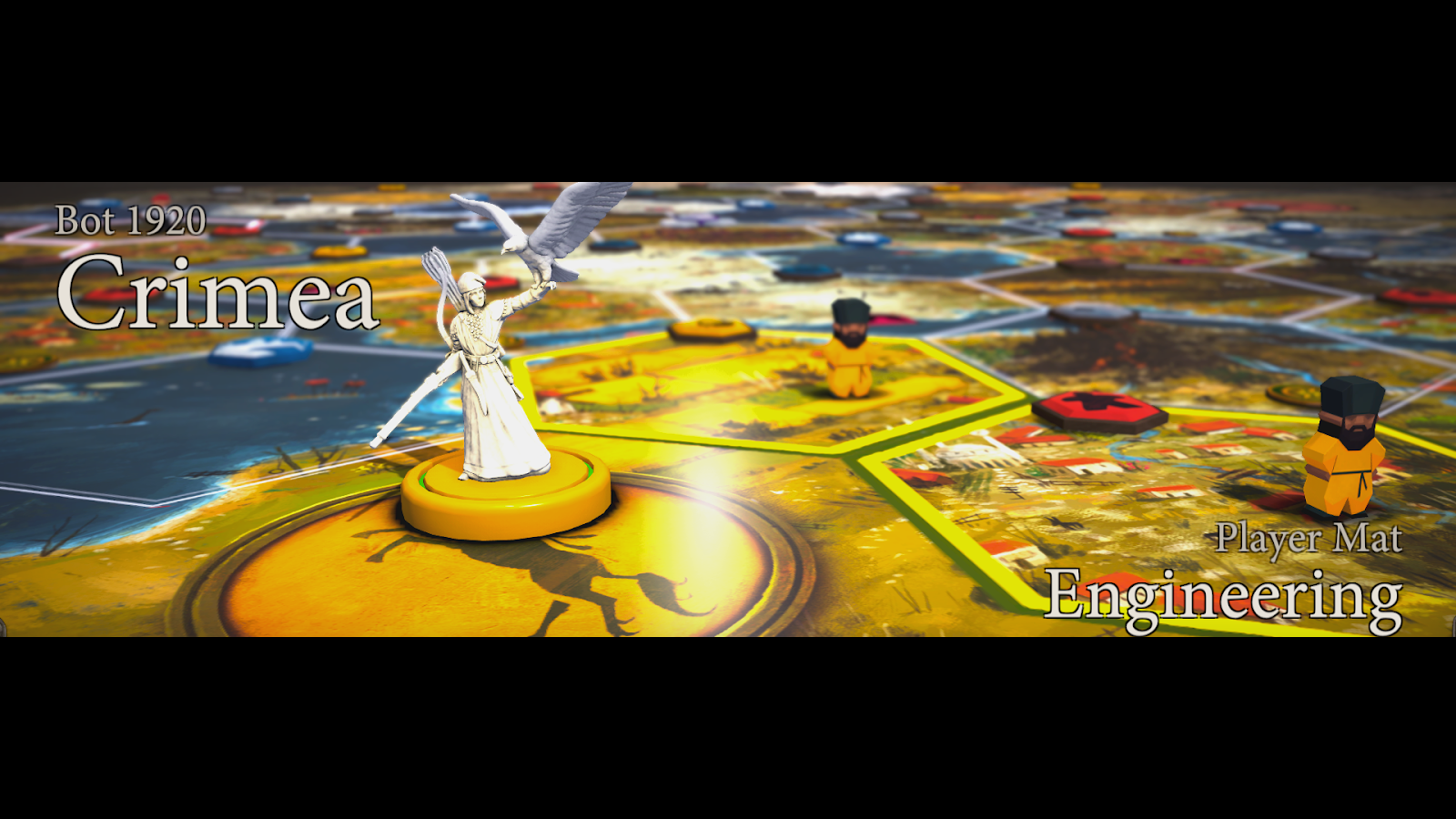
Unlike other 4Xes, there is only one victory in Scythe: Have the most money at the end. But money is analogous to points, with massive bonuses doled out at the end for completing various objectives. Deploy a squadron of mechs to stomp about the countryside? Points. Turn inward and focus on economic and technological development? Points. Become a beloved folk hero? Mongering warlord? Pointy pointy points. The challenge lies entirely in getting there faster than your opponents.
A turn in Scythe, whether you’re playing as migratory Polania or adaptable Crimea, goes only one way: Select one of four basic actions—move, trade, bolster power, or harvest—then pay an additional cost to perform a linked secondary action. It’s the latter that leads to victory, letting you upgrade your faction’s production lines or field new mechs, but doing so is costly and cumbersome, requiring you to delicately balance order of operations as you put off harvesting ‘til next round and trade for lumber instead, thus giving you a new armory in two moves rather than three.
It’s this calculus that lies at the heart of Scythe; for all its hex-based aesthetics, quirky encounters with the locals, and grand designs of mechanized glory, winning requires you to come to grips with the efficiency engine you’ve been lashed to, balance it against a few randomized point-scoring goals, then vault over the finish line before those bastards over there do.
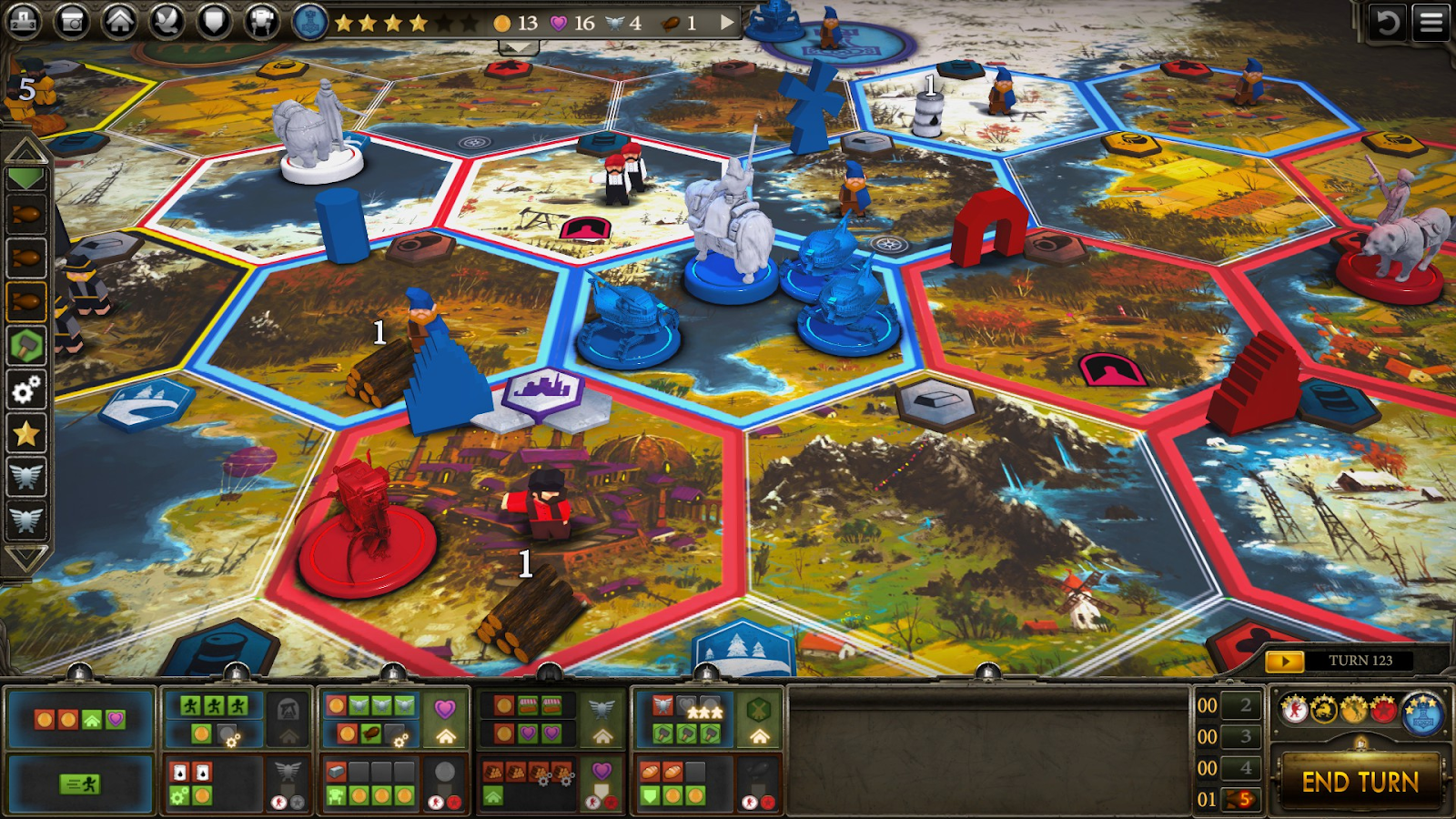
For that reason, Scythe pushes refinement over creative adaptation, expertise over exploration—but just as in the board game, the achievements gently nudge players towards self-imposed unorthodoxy. Can you win with no structures? No mechs? The preset map size and layout means player count greatly affects the experience—two powers on opposite corners can play points chicken, revving their respective engines closer and closer to redline—while a five player game bestows the intimate tension of a knife fight in a phone booth.
But once you understand its mechanisms, Scythe will reward you with a feeling of deep cleverness. Your brain begins to intuit the harmonic interplay of its four twin-linked actions, how one flows into the next, and if you can just keep all the plates spinning for three more turns you can land a moonshot of an action sequence and feel like a 4X god. You’ll regularly have to map out ambitious plans; trade for wood to construct a mine to access the western oilfields before the Rusviets do, recruit some workers and get a mech in position to transport them over there… and have enough combat cards ready for when the bloody Saxons inevitably charge a pair of fifty ton walkers through the works.
The biggest gaming news, reviews and hardware deals
Keep up to date with the most important stories and the best deals, as picked by the PC Gamer team.
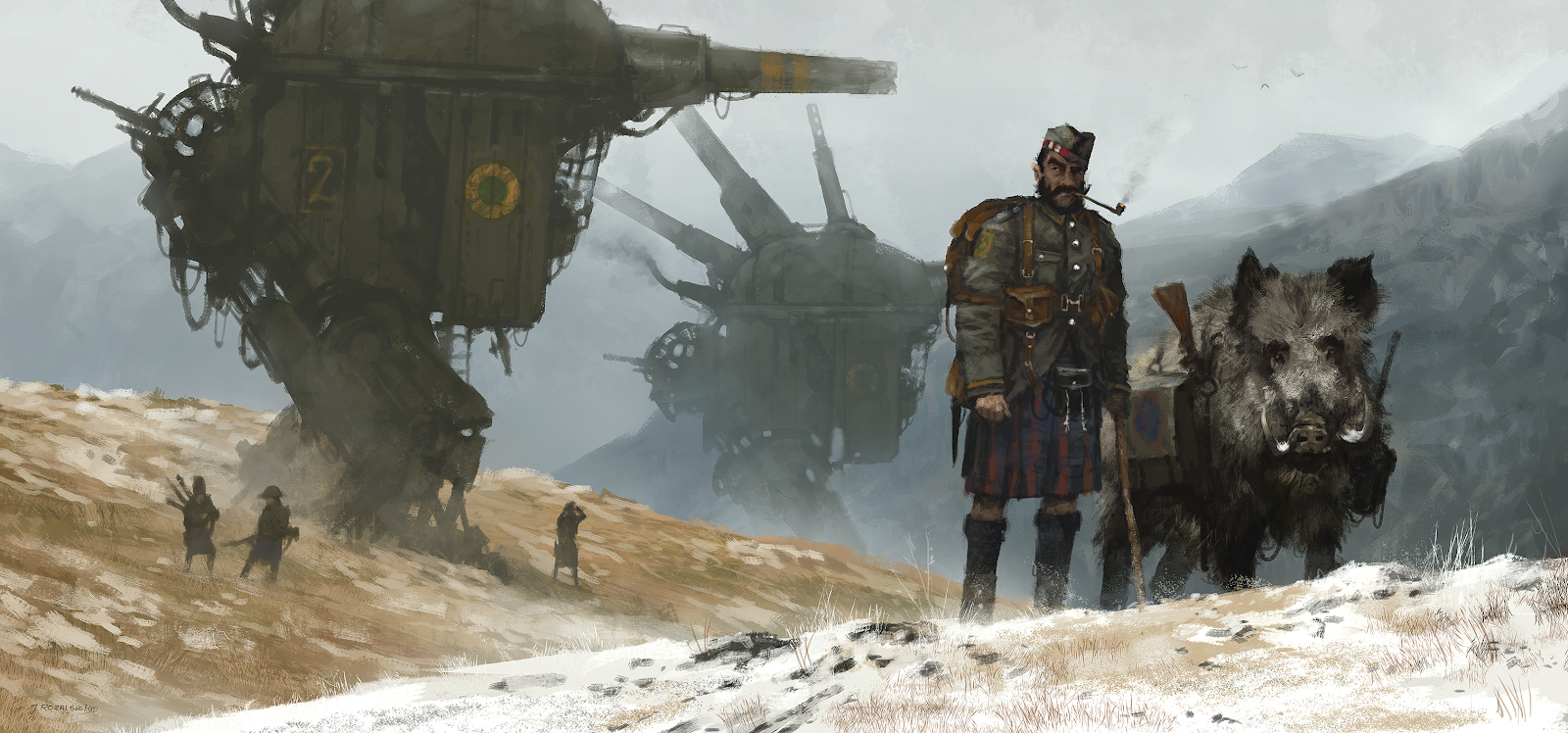
Scythe’s roots as a board game mean this adaptation is light on things you might expect from a PC civ game: there are no combat animations or 3D terrain, your workers do not saunter ant-like from hex to hex. It does, however, retain all the charm and heart; from frolicking with bear cavalry in a random encounter to the little regionally-dressed workers. The soundtrack is stunning, in particular the hypnotic Crimean percussion and the fervent drums and chanting of the Nordic theme as the track slowly yields into plaintive strings and the squawking of distant crows. This is the first board game soundtrack I’ve found myself humming late into the night.
The AI is no slouch either: Even after two dozen games under my belt the intermediate bots are still a rough beat, meaning there’s plenty of longevity for you to stretch your strategic legs—but I found myself missing the tactility of slotting upgrade cubes into cut-out player boards, or being able to cajole and chat with my fellow players. Like most digital implementations, Scythe’s strength is in asynchronous multiplayer (coming next month, complete with ELO matchmaking), but a full replacement for the board game this isn’t, unless one foresees mainly solo outings.
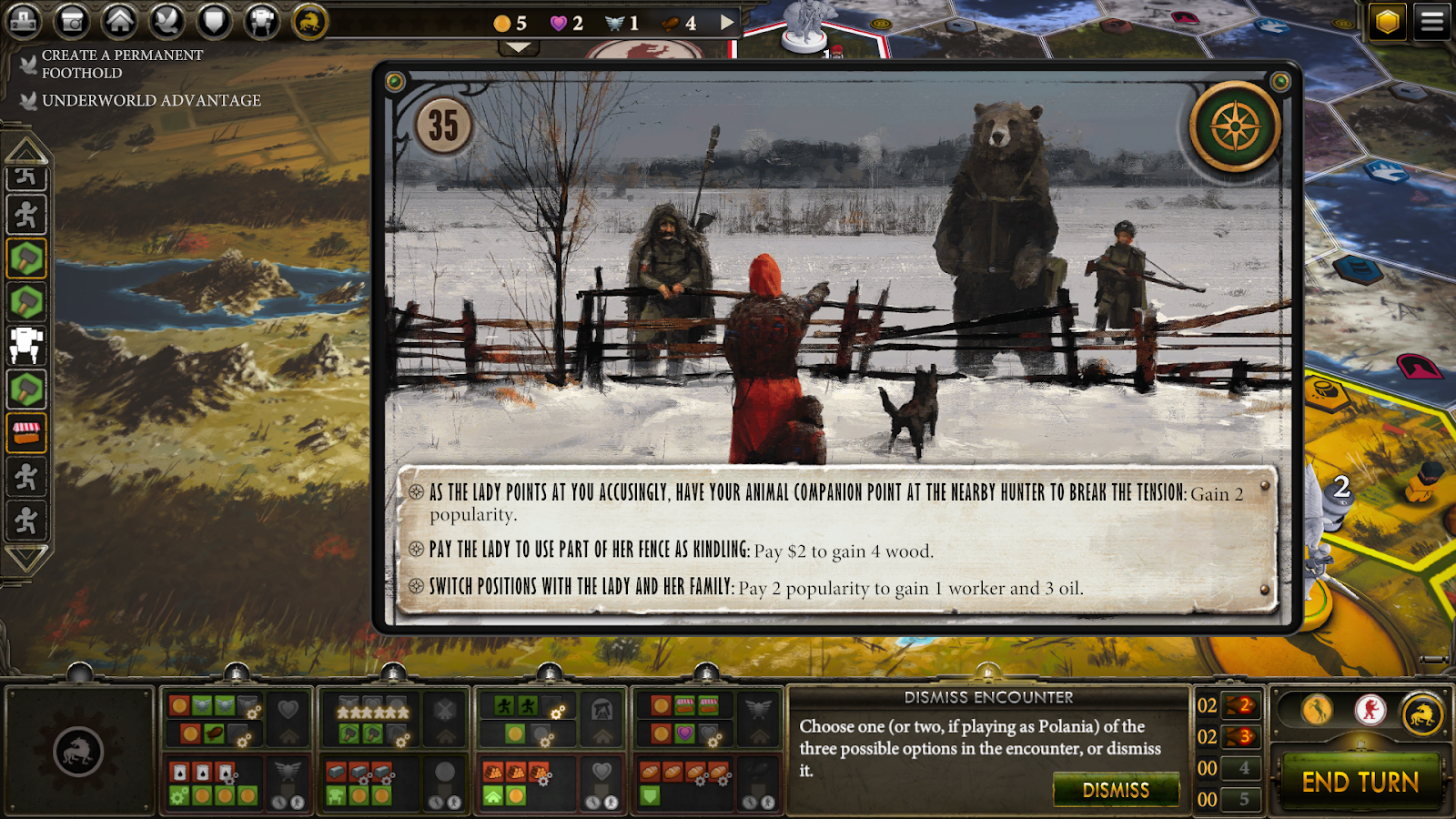
Currently chugging through its Early Access period, Scythe’s future patch notes are a sunny shopping list of niceties: a Mac version, spectator mode, camera customisation. A major update which released mid-way through this review has made the learning curve less opaque, leading to fewer 'how the heck did I lose' moments, and plans are afoot for the first expansion, adding on the Albion and Togawa factions. (While yet unannounced, hopes are they’ll also implement the airship and narrative campaign.)
Scythe Digital Edition is available now on Steam Early Access, with a full release and first expansion due in August. The host of usability tweaks put in since we last looked at it in May have transformed it, and everything they’ve posted on their Roadmap seems gravy. Evocative, clever, and rewarding, Scythe Digital Edition is starting to look like one of the finest board games on PC.

